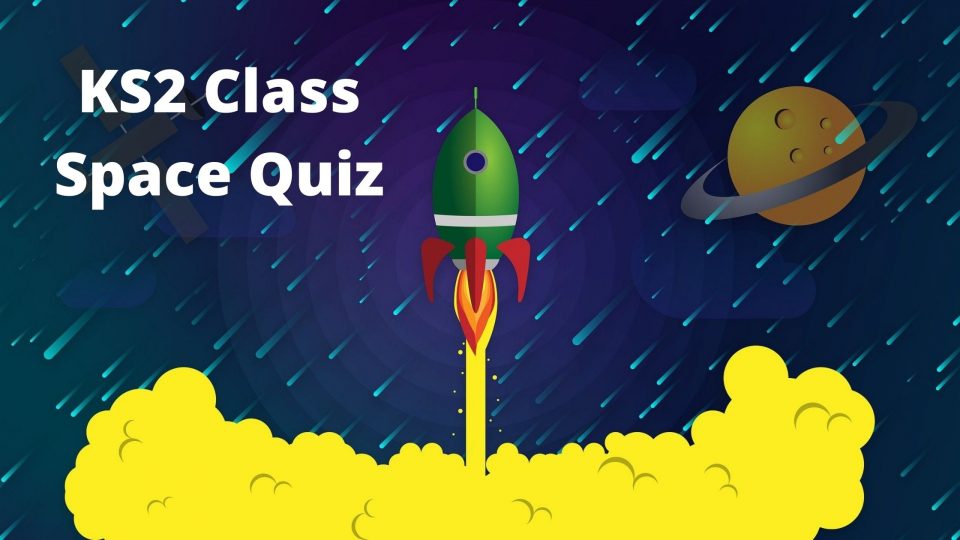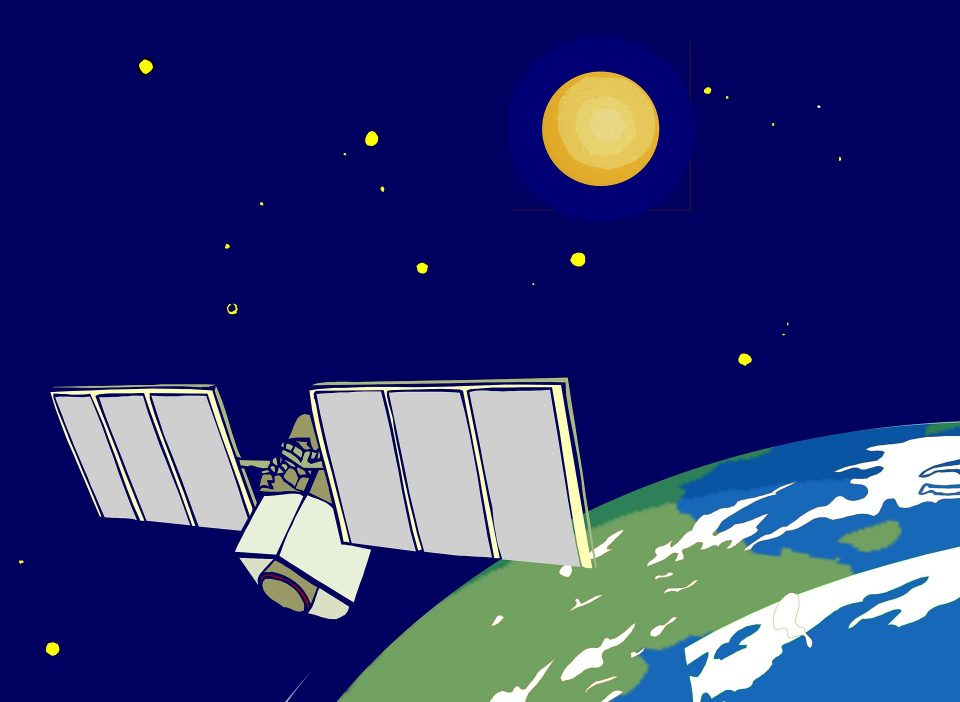2024 Mission to the Moon and Greek Mythology – Primary Classroom Conversations (Post 1)
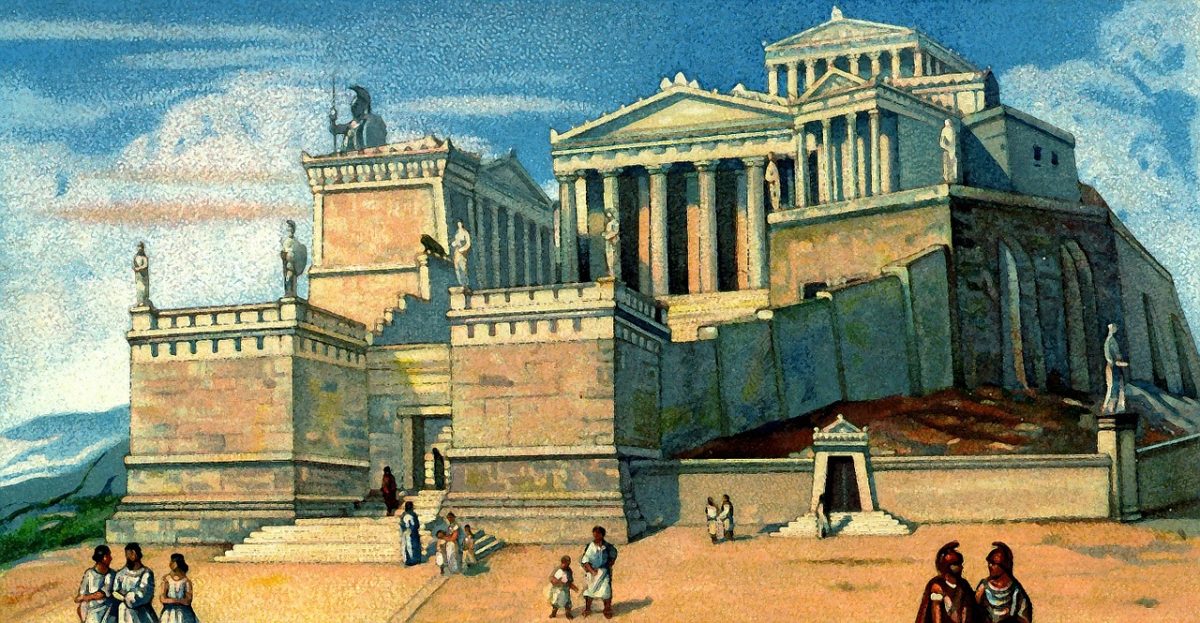
2 Greek Gods and the Moon
The ancient Greek mystical world was ruled by 12 great gods and goddesses who lived on Mount Olympus (when they weren’t off travelling). They were called the Twelve Olympians.
- Zeus – God of the Sky
- Hera – Goddess of Women
- Poseidon – God of the Sea
- Demeter – Goddess of Harvest
- Athena – Goddess of Strategy
- Ares – God of War
- Apollo – God of the Sun, Light, Music and Poetry
- Artemis – Goddess of the Hunt and the Moon
- Hermes – the Messenger God
- Aphrodite – Goddess of Fertility, Love and Beauty
Of these, two have become closely linked to 20th and 21st Century space travel. Can you guess which they are and why?
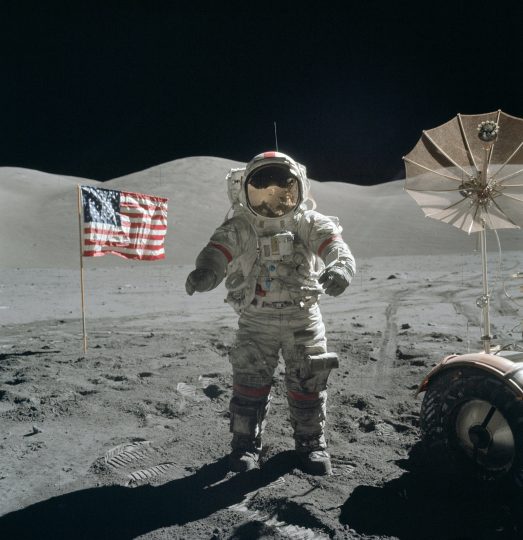
Apollo is the first Greek god to be associated with space travel, after NASA Director of Space Flight Development, Abe Silverstein, read a book about mythology in 1960. He was captivated by the image of ‘Apollo riding his chariot across the sun…’.

Apollo, Greek God of the Sun
As God of the Sun, there are many myths, facts and stories surrounding Apollo. Some of them include:
- He is the son of Zeus, King of the Gods and the Titaness, Leto
- As well as being God of the sun, he is also God of light, music, poetry, healing and plagues, archery and agriculture.
- He was thought to be a perfect mixture of physical perfection and moral virtue.
- He is the only major god who has the same name in both Greek and Roman mythology.
- He is depicted as a handsome and bearded young man with long hair, wearing a wreath and carrying a bow and quiver of arrows.
Reading about Apollo, Abe Silverstein thought his name would be perfect for the most significant space programme of the 1960s and 1970s in the USA. The programme he was talking about was a plan to land humans on the moon and bring them back to Earth. 6 of the Apollo missions achieved this goal, with the most famous being the Apollo 11 mission. On the 20th July 1969, the lunar module, Eagle, took Neil Armstrong and Buzz Aldrin to the surface of the moon, where they became the first humans to walk on it.
But, even as God of the sun, was Apollo a good name for the first mission to the moon? There may have been a better choice. Apollo is often depicted in Greek mythology as a hothead, whose emotions got the better of him and who made disastrous choices, particularly in love.
To be part of a mission to space, where they are away from home, isolated and in a strange environment, astronauts need to be calm, emotionally stable, resilient and adaptable. Being a team player and collaborative in nature is also extremely important.
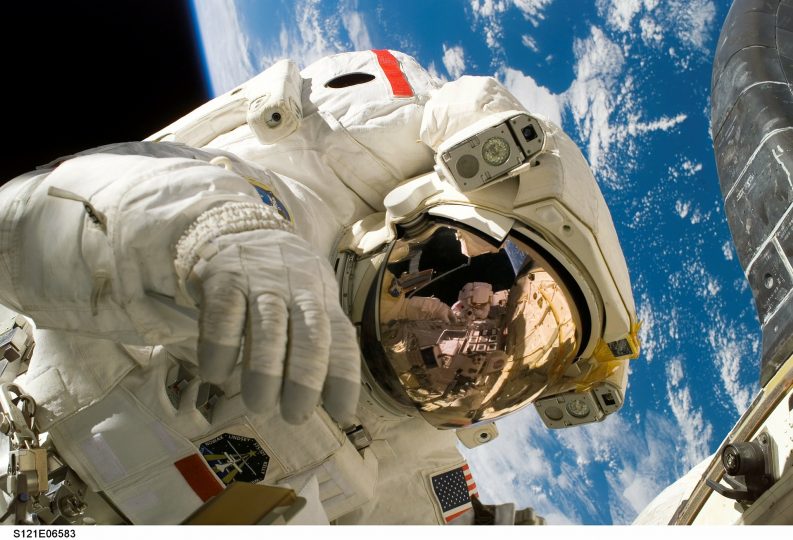
Can you image Apollo fitting in to this environment?
50 years after the first landing on the moon, NASA announced the next mission to the moon, due to begin this year. This mission will see the first woman walk on the moon and is named after Apollo’s twin sister, Artemis.
‘We’re going back to the Moon for scientific discovery, economic benefits, and inspiration for a new generation of explorers: The Artemis Generation. We will build an Artemis Base Camp on the surface and the Gateway in lunar orbit. These elements will allow our robots and astronauts to explore more and conduct more science than ever before.’
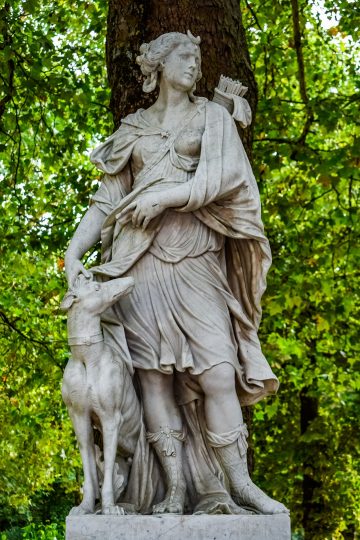
Artemis, Goddess of the Moon
Artemis, Goddess of the hunt and the moon, is depicted as:
- Spending a lot of her time wandering the forests
- Having a strong desire to nurture and protect others
- Skilled with a bow and arrow
- Having the ability to turn herself into an animal
- Fiercely protective of women
- A beautiful young woman, wearing a knee-length tunic
- Individualistic, free-spirited and kind
Perhaps, as Goddess of the Moon and the elder of the twins, Artemis should have been the name of the 1960s and 1970s moon missions and we should only be hearing about her younger brother now?
Further classroom conversations, ideas and links
Greek Mythology
- Draw and label images of both Apollo and Artemis and write a summary of myths/stories about them.
- Find, read, note down and explain some key facts about the 12 Olympian gods.
- List the planets of the solar system and their Greek/Roman names.
What does it take to become an astronaut?
- Find an astronaut application form.
- What skills, attributes and knowledge does an astronaut need?
- Find out what astronaut training involves. How can they train for space without going to space?
The Apollo Moon Missions
- How many Apollo missions were there and what were the key aims of each?
- Find out and share how astronaut food changed during the 1960s and 1970s.
- Investigate and write down 10 inventions in space that have helped us on earth.
The Artemis Moon Missions
- Find out what the key aims and timescales of the Artemis missions are. The moon landings will take place during Artemis III. What will happen during missions I and II?
- Explain what the lunar Gateway is and what its function will be.
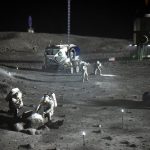
Artist’s illustration of Artemis Lunar Base, NASA credit
- Research current thinking on where and how astronauts will live on the moon.
- Design your own moon base, taking into account everything that astronauts will need when working and living on the moon (for example: food, oxygen, water, shelter, power, protection from radiation, communication).
- The NASA Artemis mission patch (badge) is very simple in design, yet each symbol and line represent something important. Try to guess what the parts of the patch mean.
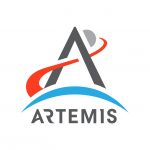
-
-
- The letter ‘A’ symbolizes one of the arrowheads from Artemis’s quiver and represents a spacecraft launch.
- The moon image represents the next destination in space and is a stepping stone to Mars.
- The very tip of the ‘A’ points beyond the Moon to signify future space plans.
- The blue crescent represents Earth and the benefits that space travel will bring us as well as Artemis’s bow.
- The red pathway shows a different path to the moon, 50 years on and also symbolises our path to Mars.
-


